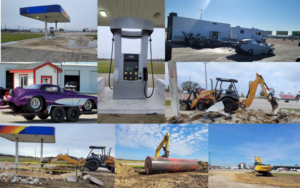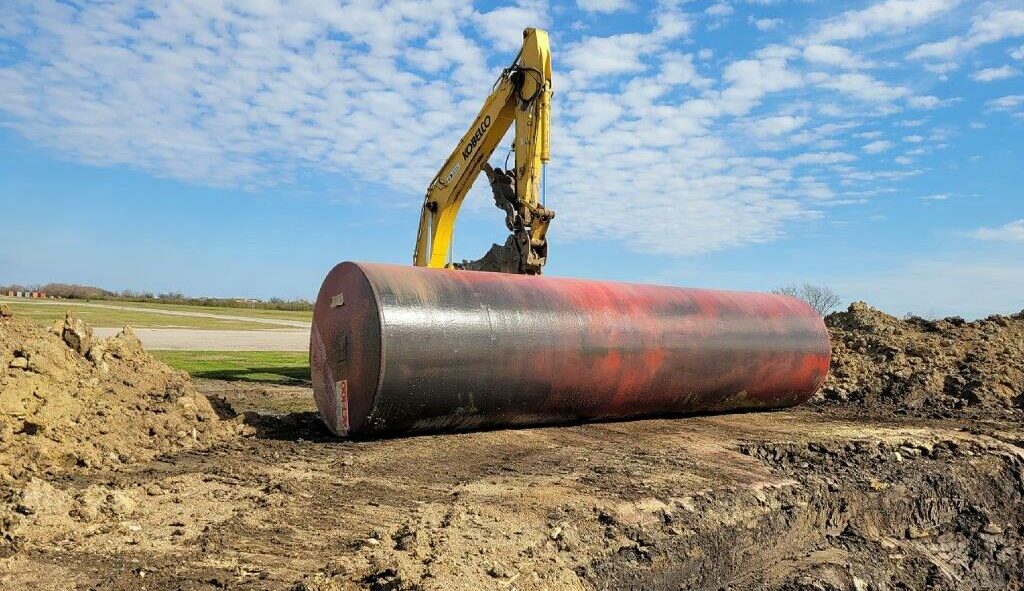What are Ghost Tanks?
Ghost tanks are underground petroleum storage tanks (USTs) that are either unregistered with the Texas Commission on Environmental Quality (TCEQ) or are discovered during construction work, environmental site assessments, or inspections. Ghost USTs are regularly found during site development, roadway project excavation, and underground utilities construction. The TCEQ considers Ghost USTs subject to the TCEQ registration, assessment, and corrective action regulations as published under Title 30 of the Texas Administrative Code (30 TAC).
How CRG Texas Can Help you Locate Ghost Tanks
CRG Texas provides magnetometer and GPR (ground penetrating radar) surveys to search and/or locate suspected ghost tanks. CRG Texas also provides physical locates and removal, sampling/ lab analysis, and agency reporting
What Happens After Removal?
After the located ghost tank/ PST is removed, it will be determined whether or not there was a release of hazardous chemicals or waste from the system. If this is the case, an environmental assessment and other corrective action / preventative actions will be required.
Additionally, owners and operators are required to notify the TCEQ within 24 hours after the discovery or notification of the release.
Our Other Underground Storage Tank Services:
• Equipment Compliance Inspections, Audits, and Recordkeeping Reviews
• Class A and Class B Operator Training
• Overfill, Overspill, Release Detection, and Construction Inspection
• Release Determination and Corrective Action
• Regulatory Agency Case Closure
• UST Removals
• UST Installations
• Permitting and Registration
• In-place Closure
Contact us for a FREE Quote
Project Spotlight: Houston Raceway site in Baytown

CRG Texas was recently engaged to remove a compartmental Ghost Tank used to store high octane fuel for racing dragsters and funny cars at the Houston Raceway site in Baytown, Texas to fulfill the requirements of a commercial real estate transaction. Since the UST was not registered with the TCEQ, the compartmental fuel tank size and material of construction was unknown prior to excavation and physical confirmation during construction. The tank volume turned out to be 16,000-gallons and the tank was made of single wall steel with fiberglass coating. In addition to the UST removal, CRG Texas was engaged to remove the fuel island and metal fuel canopy and resurface the area for future development

